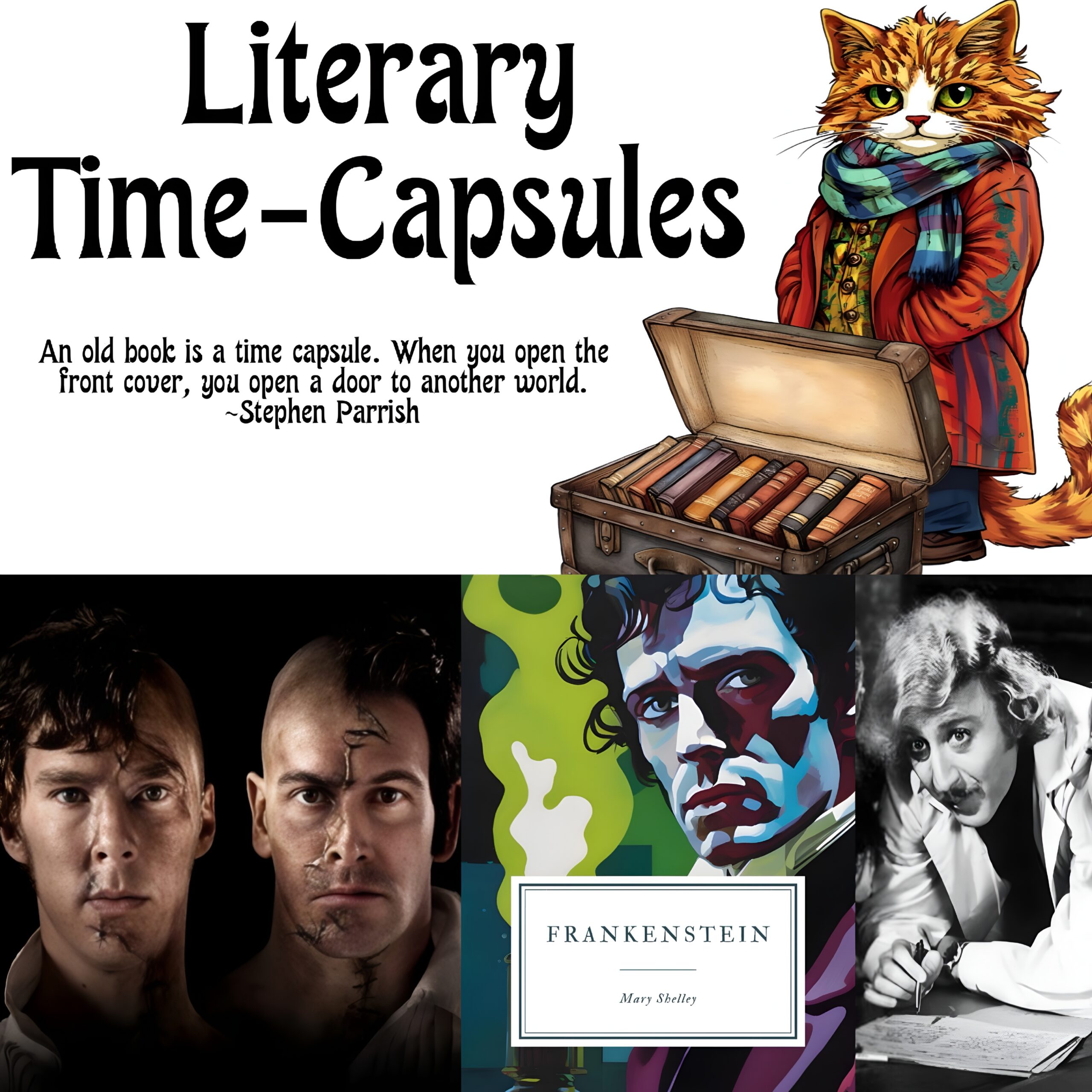Introduction to Frankenstein
Mary Shelley’s Frankenstein; or, The Modern Prometheus was published in 1818. This groundbreaking novel intertwines the Gothic and science fiction genres. At just 18 years old, Shelley crafted a narrative that explores profound themes. It looks at human ambition, ethical boundaries and the ethics and responsibilities of creation.
Pop culture, starting way back with Universal, portrays Frankenstein as a simple, somewhat cheesy, horror story. There the Creature is portrayed as an unintelligent, lumbering monstrosity. Nothing could be further from the truth. He was actually quite intelligent in the novel. Other themes of the book include societal prejudices, the quest for knowledge, the dangers of isolation, and the costs of unchecked progress. Also, can we just discuss that this dude’s skull is definitely not Homo sapiens? Look at that brow ridge!
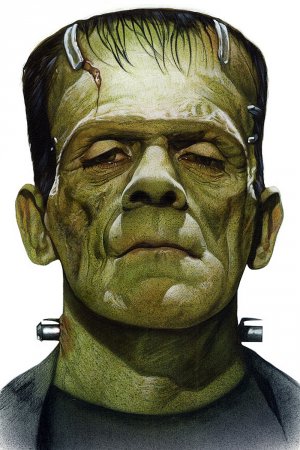
Set against the backdrop of the Romantic era, Frankenstein tells the story of Victor Frankenstein. This young scientist creates a sentient being from the remains of the various dead. However, he faces dire consequences when he abandons his creation after it’s ‘birth’. The novel’s subtitle, “The Modern Prometheus,” alludes to the Greek myth of Prometheus, who defied the gods by giving fire to humanity, underscoring the theme of overreaching ambition.
Not gonna lie- the first time I read this book, I loathed the writing style. But I loved the story. It’s so deeply empathetic and richly philosophical. The more times I read it, or watch an adaptation, the more I identify with the Creature. I’m autistic. I’ve been shunned all my life. I understand isolation, and being alone, all because people can’t be bothered to try and understand your differences. I also understand having no-one there to protect you. Despite his intelligence, sensitivity, and initial empathy, the Creature is shunned. He is denied the companionship he so craves all because of how he looks.
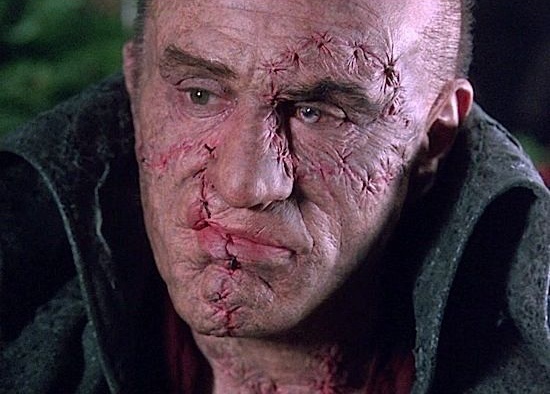
Inspirations Behind Frankenstein
Mary Shelley’s inspirations for Frankenstein were diverse and many were deeply personal:
– Scientific Advancements: The early 19th century was a time of rapid scientific progress, particularly in the fields of electricity and biology. Experiments with galvanism, or the use of electric currents to stimulate muscle movement in dead organisms, fascinated the public and influenced Shelley’s depiction of the reanimation of life.
– Literary and Philosophical Influences: Shelley was well-read in the works of Romantic poets and philosophers. The Romantic emphasis on emotion, nature, and the sublime is evident in her vivid descriptions and exploration of the human condition. Additionally, the Enlightenment’s focus on reason and scientific inquiry is reflected in Victor’s pursuit of knowledge.
– Personal Experiences: Shelley’s own life was marked by loss and creativity. The daughter of political philosopher William Godwin and feminist Mary Wollstonecraft, she was surrounded by intellectual discourse. Her relationship with Percy Bysshe Shelley and their circle, including Lord Byron, provided a fertile ground for exploring themes of creation, responsibility, and the consequences of unchecked ambition. Frankenstein was born out of one weekend at Villa Diodati and a horror writing challenge.
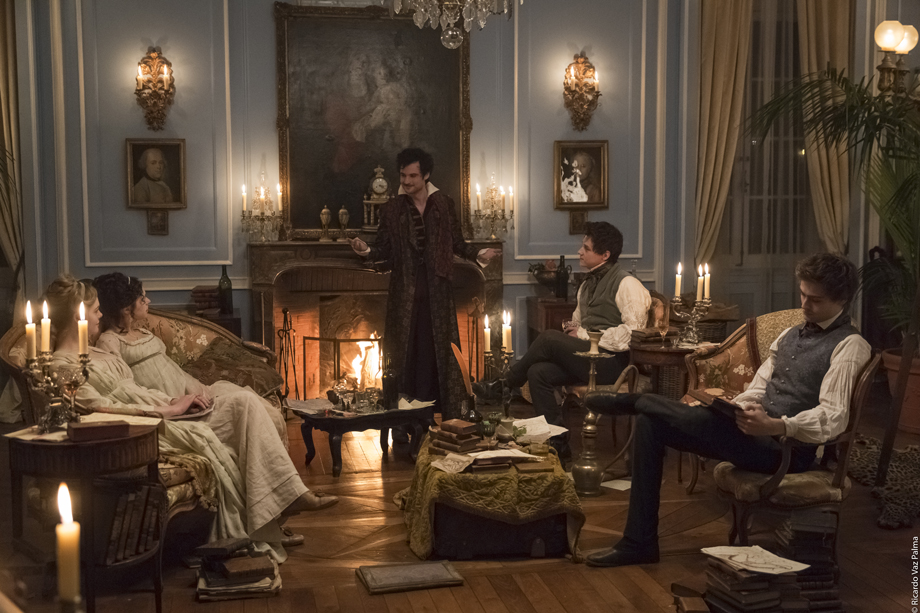
Themes and Innovations
Frankenstein presents themes that continue to resonate today:
– The Consequences of Unchecked Ambition: Victor Frankenstein’s relentless pursuit of scientific discovery leads to tragedy. It serves as a cautionary tale about the dangers of playing God. Shelley’s narrative warns of the ethical implications of pushing the boundaries of human knowledge without considering the consequences of taking responsibility for what you have created, or better yet, whether or not you should have created it in the first place.
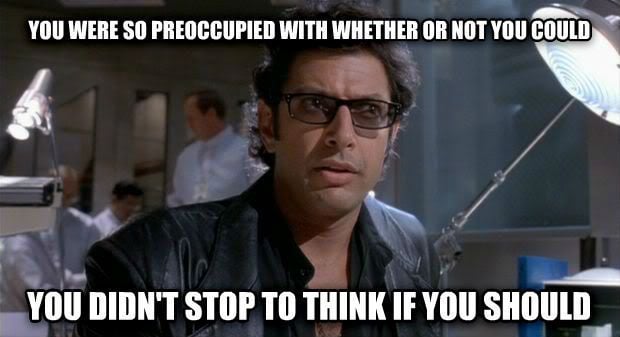
– Isolation and Alienation: Both Victor and his creation experience profound loneliness and alienation. The Creature’s struggle for acceptance and Victor’s self-imposed isolation highlight the human need for connection and the devastating effects of its absence.
– Ethical Implications of Creation: The novel raises questions about the responsibilities of creators toward their creations. Victor’s failure to care for his creation leads to a cycle of vengeance and tragedy, prompting readers to consider the moral obligations inherent in acts of creation. This is a theme increasingly relevant in discussions about artificial intelligence and genetic engineering. I mean, and really, always relevant to that most primal act of natural creation- having children.
If you cannot take care of a child or are going to be abusive, don’t have one. If you can’t figure out how children happen, and you end up with one, find your responsibility and turn them over for adoption. Emotional abuse and neglect are just as psychologically damaging as physical and sexual abuse. Yet they are far more insidious in that they are not seen as such. And maybe ask your doctor how babies happen…
Indeed, this novel remains as relevant today as it was when written in 1818 in regards to all of its themes.
Influence on Modern Literature and Media
Frankenstein has left an indelible mark on literature and popular culture:
– Science Fiction and Horror: As one of the first science fiction novels, Frankenstein set the stage for exploring the ethical and moral dilemmas posed by scientific advancement. Its influence can be seen in countless works that grapple with the consequences of human innovation and/ or ambition, such as Jurassic Park.

– Film and Adaptations: The story has been adapted into numerous films, plays, and television series, each offering a unique interpretation. James Whale’s 1931 film adaptation introduced visual elements that have become iconic. These include the Creature’s appearance and the laboratory setting. Kenneth Branagh’s 1994 film sought to remain faithful to Shelley’s original narrative, exploring the emotional depth of the characters.
Perhaps one of the best adaptations is the 2011 National Theatre Live version. It features Benedict Cumberbatch and Jonny Lee Miller switching roles between creator and Creature each performance. It captures the full trauma of the Creature’s ‘birth’ and initial abandonment with exquisite empathy. Then there are the parodies, such as the brilliant ‘sequel’ Young Frankenstein, starring Gene Wilder.
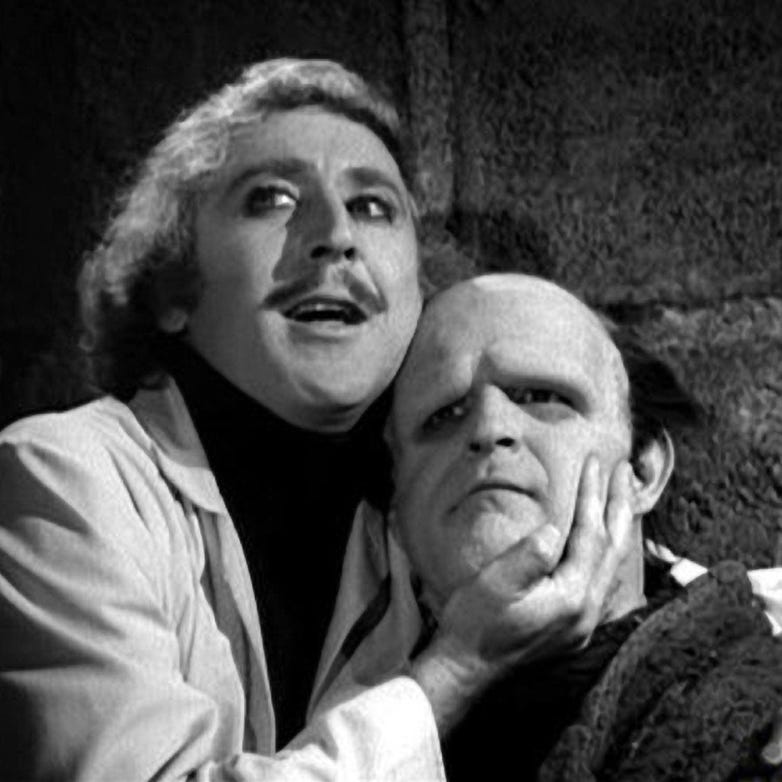
– Cultural References: The image of the “mad scientist” and the misunderstood monster have permeated popular culture, reflecting ongoing societal fears and fascinations with scientific progress. The novel’s themes continue to inspire creative works across various media.
Exploring Frankenstein Pastiches
What Are Pastiches?
A pastiche is a literary work that imitates the style or character of another work, often as a tribute or homage. In the context of Frankenstein, pastiches are stories written by authors other than Mary Shelley, inspired by her original novel. These works aim to capture the essence of Shelley’s themes and characters while exploring new narratives and perspectives.
The Appeal of Frankenstein Pastiches
Frankenstein pastiches offer a unique way for writers to engage with Shelley’s iconic story:
– Expanding the Narrative: Authors can delve into unexplored aspects of the original tale, such as the creature’s perspective, Victor Frankenstein’s deeper motivations, or the lives of secondary characters.
– Exploring New Themes: Pastiches allow writers to introduce contemporary themes and issues, such as bioethics, identity, and the impact of technology, while maintaining the Gothic atmosphere of the original.
– Celebrating the Original: These works pay homage to Shelley’s groundbreaking novel, celebrating its enduring influence on literature and culture.

The Legacy of Frankenstein Pastiches
The popularity of Frankenstein pastiches highlights the novel’s timeless appeal and the rich narrative possibilities it offers. These works keep the spirit of Shelley’s story alive. They allow new generations to experience the themes of creation, ambition, and responsibility in fresh and innovative ways. Whether staying true to the original Gothic setting or venturing into new realms, pastiches ensure that Frankenstein‘s legacy continues to evolve and inspire.
Recommended Reads
If you love Frankenstein, here is a tiny sampling of recommended reads that complement the Frankenstein literary time capsule. Happy reading!
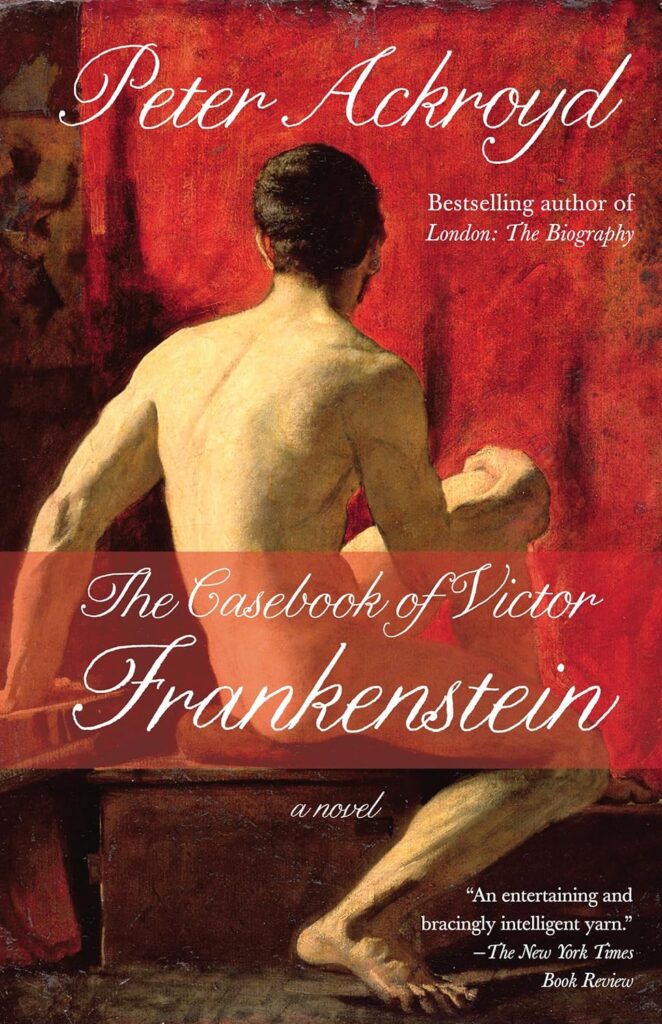
The Casebook of Victor Frankenstein by Peter Ackroyd
This novel reimagines the story of Victor Frankenstein, blending historical fiction with Shelley’s narrative to explore the scientist’s life and motivations in greater depth.
“Victor Frankenstein, a researcher, and the poet Percy Bysshe Shelley form an unlikely friendship as first-years at Oxford. Shelley challenges the conventionally religious Frankenstein to consider his atheistic notions of creation and life—concepts that become an obsession for the young scientist. As Victor begins conducting anatomical experiments to reanimate the dead, he at first uses corpses supplied by the coroner. But these specimens prove imperfect for Victor’s purposes…”
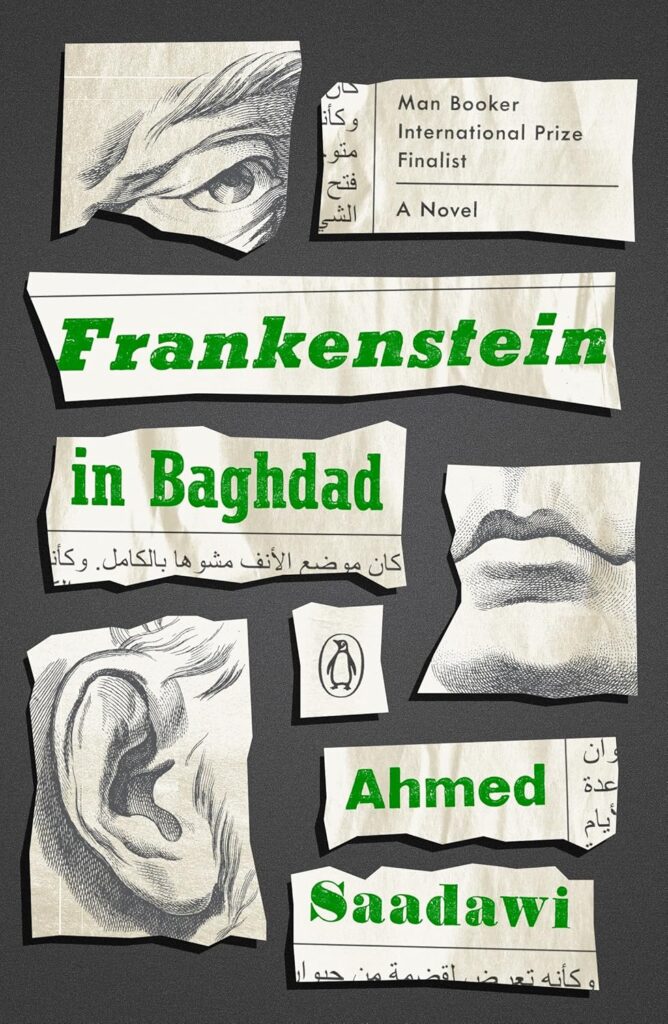
Frankenstein in Baghdad by Ahmed Saadawi
Set in contemporary Iraq, this novel uses the framework of Frankenstein to explore themes of war, identity, and the consequences of violence, offering a modern twist on Shelley’s classic.
“From the rubble-strewn streets of U.S.-occupied Baghdad, Hadi—a scavenger and an oddball fixture at a local café—collects human body parts and stitches them together to create a corpse. His goal, he claims, is for the government to recognize the parts as people and to give them proper burial. But when the corpse goes missing, a wave of eerie murders sweeps the city, and reports stream in of a horrendous-looking criminal who, though shot, cannot be killed. Hadi soon realizes he’s created a monster, one that needs human flesh to survive—first from the guilty, and then from anyone in its path.”
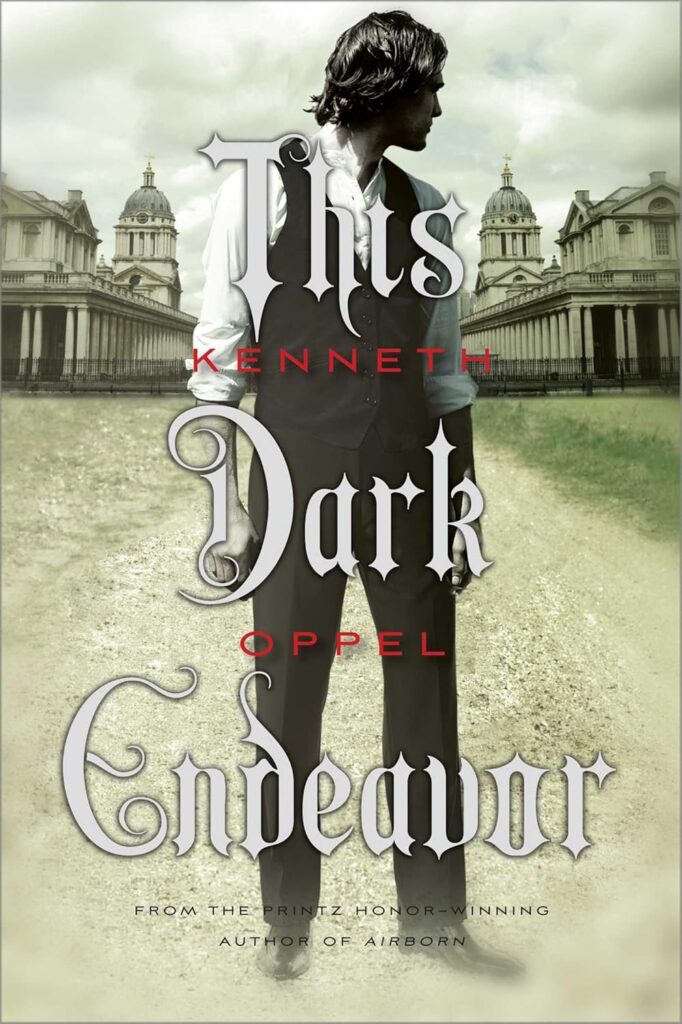
This Dark Endeavor by Kenneth Oppel
A prequel to Frankenstein, this young adult novel imagines Victor Frankenstein’s teenage years, exploring his early experiments and the events that set him on the path to creating the creature.
“The purest intentions can stir up the darkest obsessions.
In this prequel to Mary Shelley’s gothic classic, Frankenstein, 16-year-old Victor Frankenstein begins a dark journey that will change his life forever.
Victor’s twin, Konrad, has fallen ill, and no doctor is able to cure him. Unwilling give up on his brother, Victor, his beautiful cousin Elizabeth, and best friend Henry begin a treacherous search for the ingredients to create the forbidden Elixir of Life.
Impossible odds, dangerous alchemy, and a bitter love triangle threaten their quest at every turn. Victor knows he must not fail. But his success depends on how far he is willing to push the boundaries of nature, science and, love — and how much he is willing to sacrifice.”
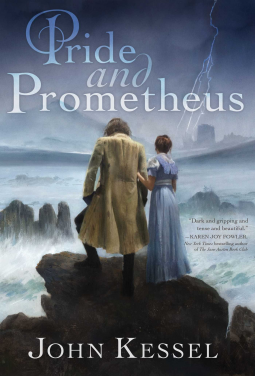
Pride and Prometheus by John Kessel
This novel cleverly combines the worlds of Jane Austen and Mary Shelley, bringing together characters from Pride and Prejudice and Frankenstein. It offers a unique crossover that fans of both classics are sure to enjoy.
“Pride and Prejudice meets Frankenstein as Mary Bennet falls for the enigmatic Victor Frankenstein and befriends his monstrous Creature in this clever fusion of two popular classics.
Threatened with destruction unless he fashions a wife for his Creature, Victor Frankenstein travels to England where he meets Mary and Kitty Bennet, the remaining unmarried sisters of the Bennet family from Pride and Prejudice. As Mary and Victor become increasingly attracted to each other, the Creature looks on impatiently, waiting for his bride. But where will Victor find a female body from which to create the monster’s mate?
Meanwhile, the awkward Mary hopes that Victor will save her from approaching spinsterhood while wondering what dark secret he is keeping from her.”
Do you have any favorite adaptations of Frankenstein? How do they differ from the novel? How do they capture or reinterpret Shelley’s themes?
Food for Thought
How do the themes of creation and responsibility in Frankenstein apply to modern scientific advancements, such as genetic engineering and artificial intelligence?
In what ways does Shelley’s portrayal of isolation and alienation reflect contemporary social issues, such as mental health and societal inclusion/exclusion?

